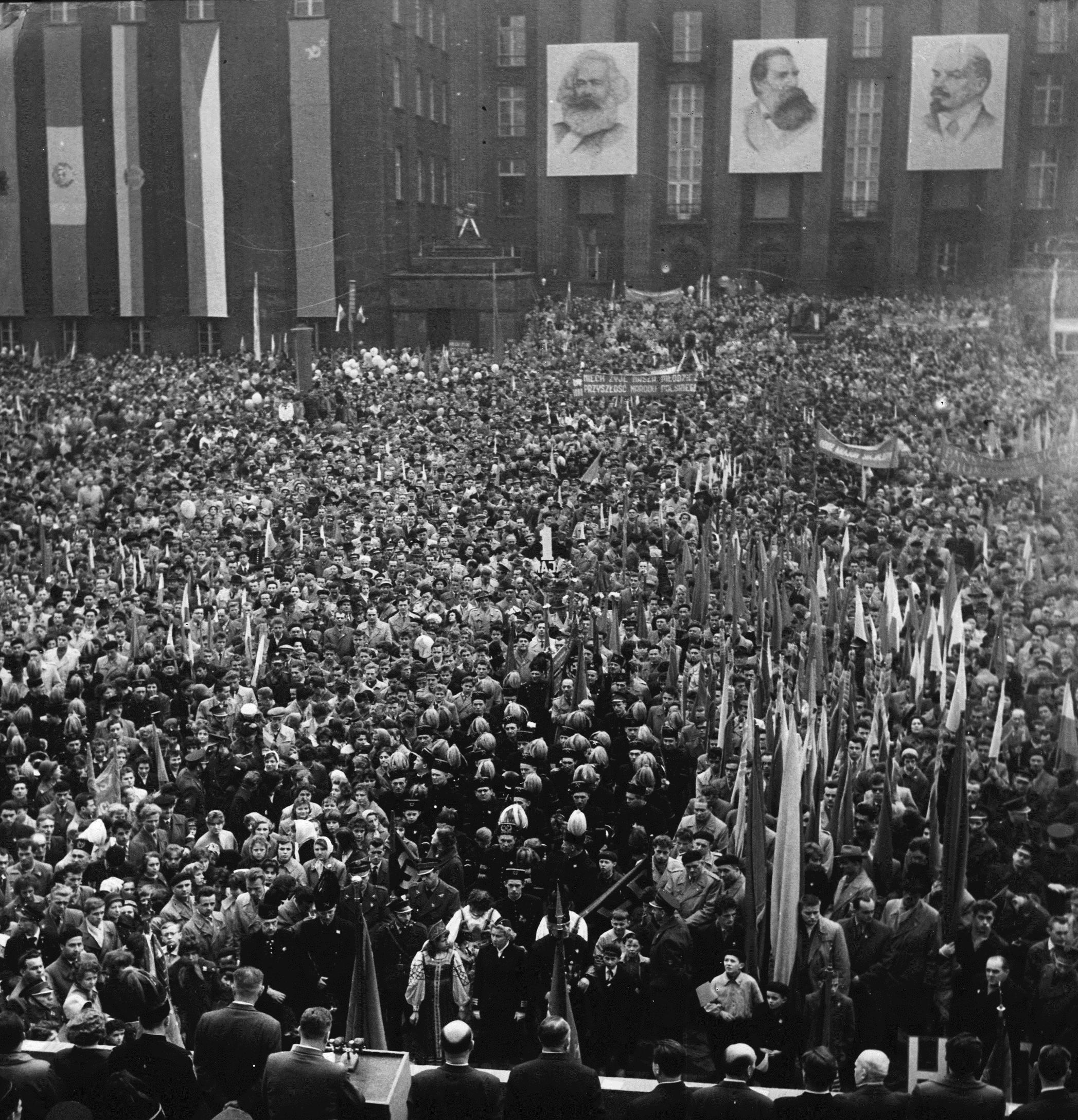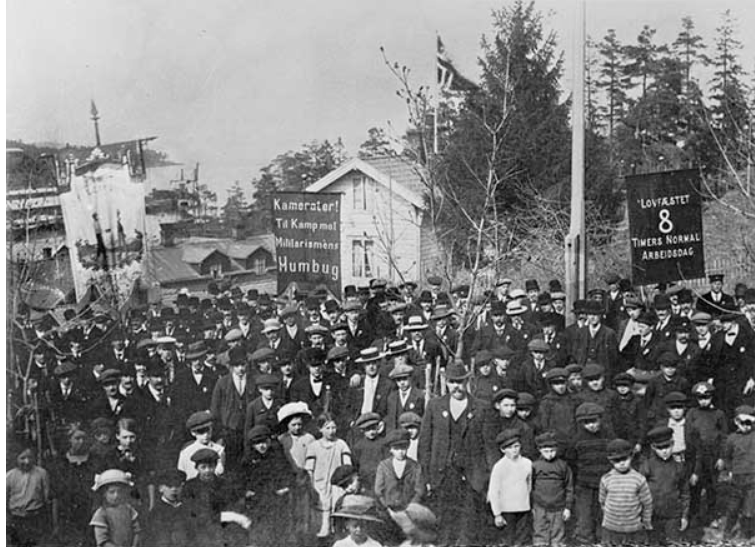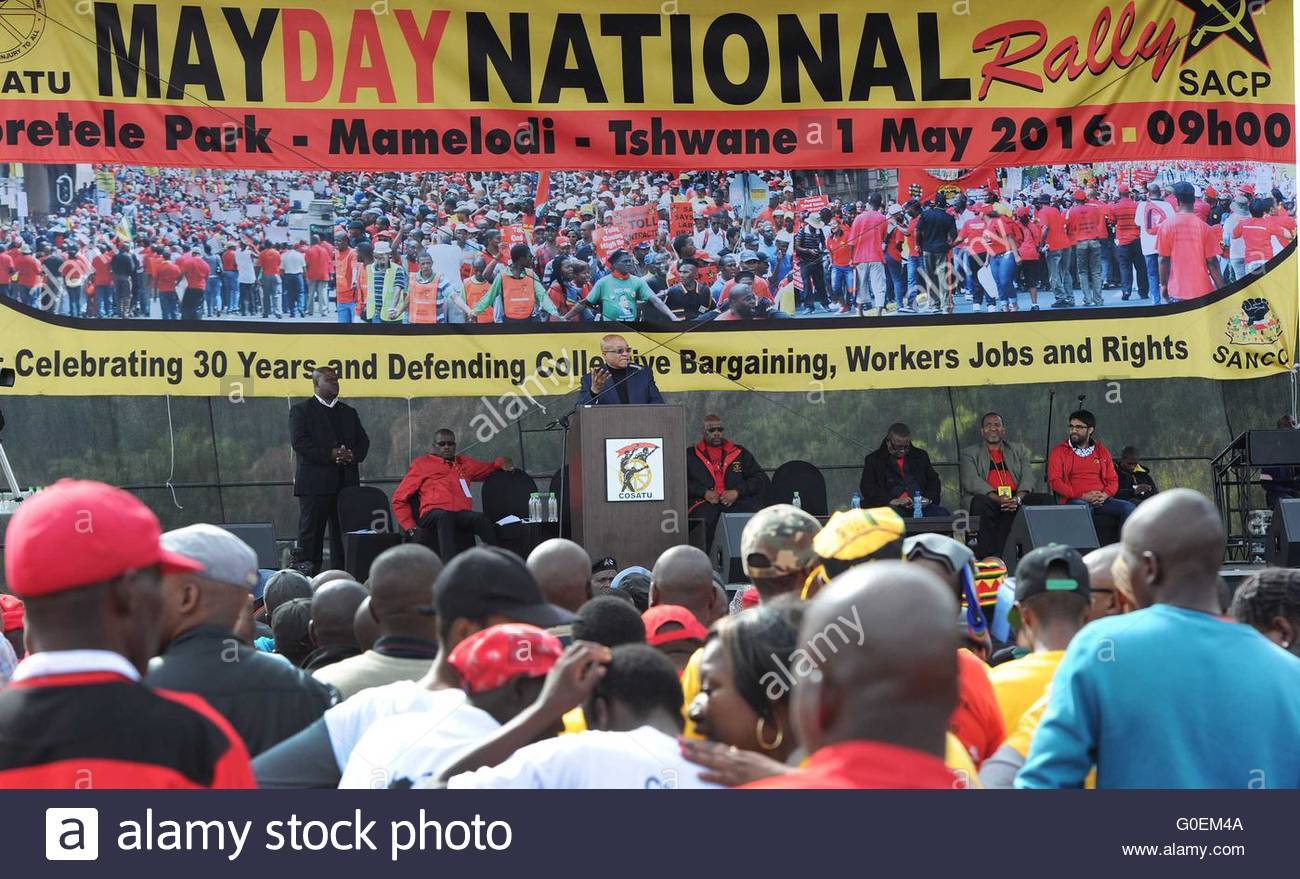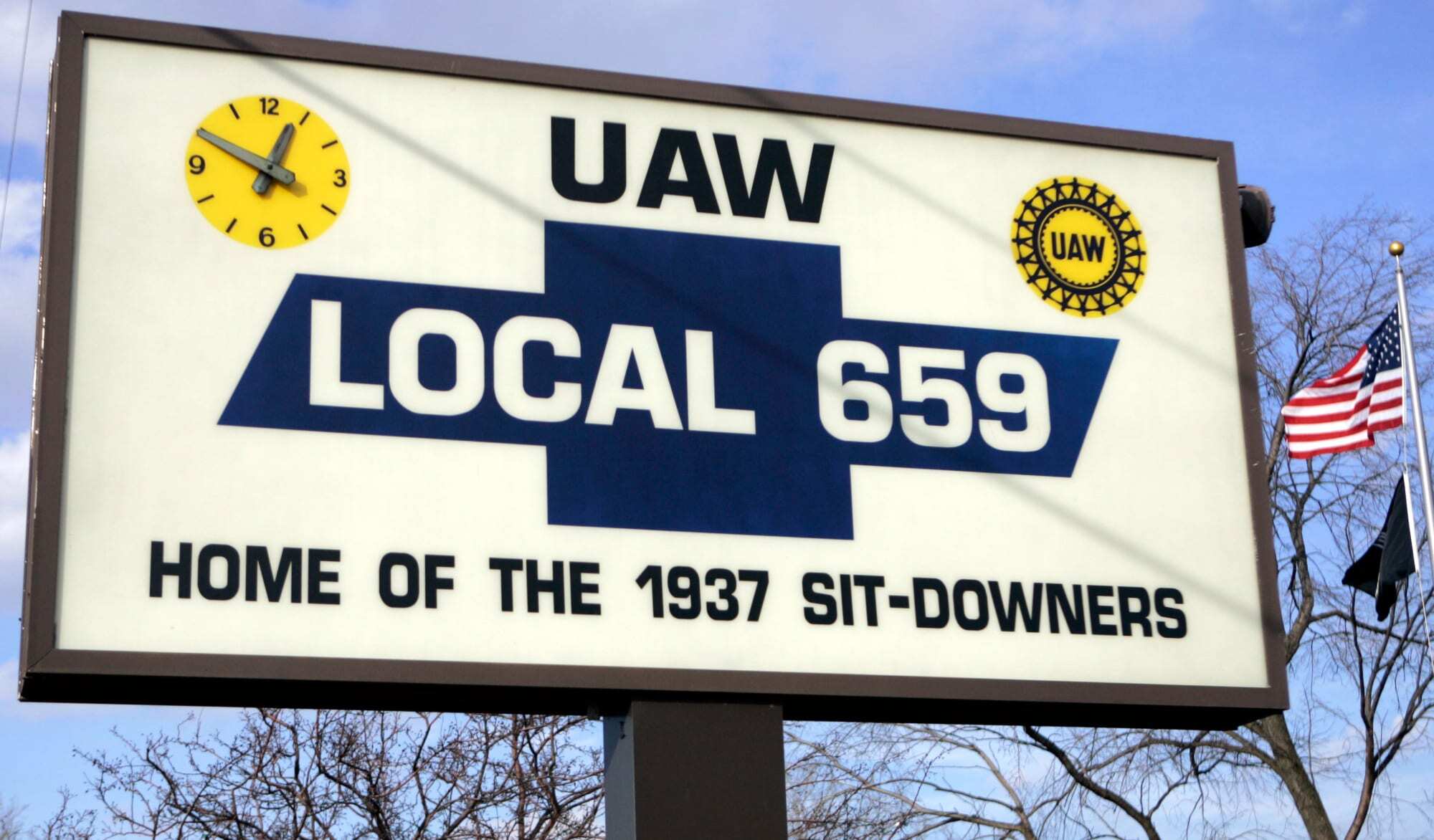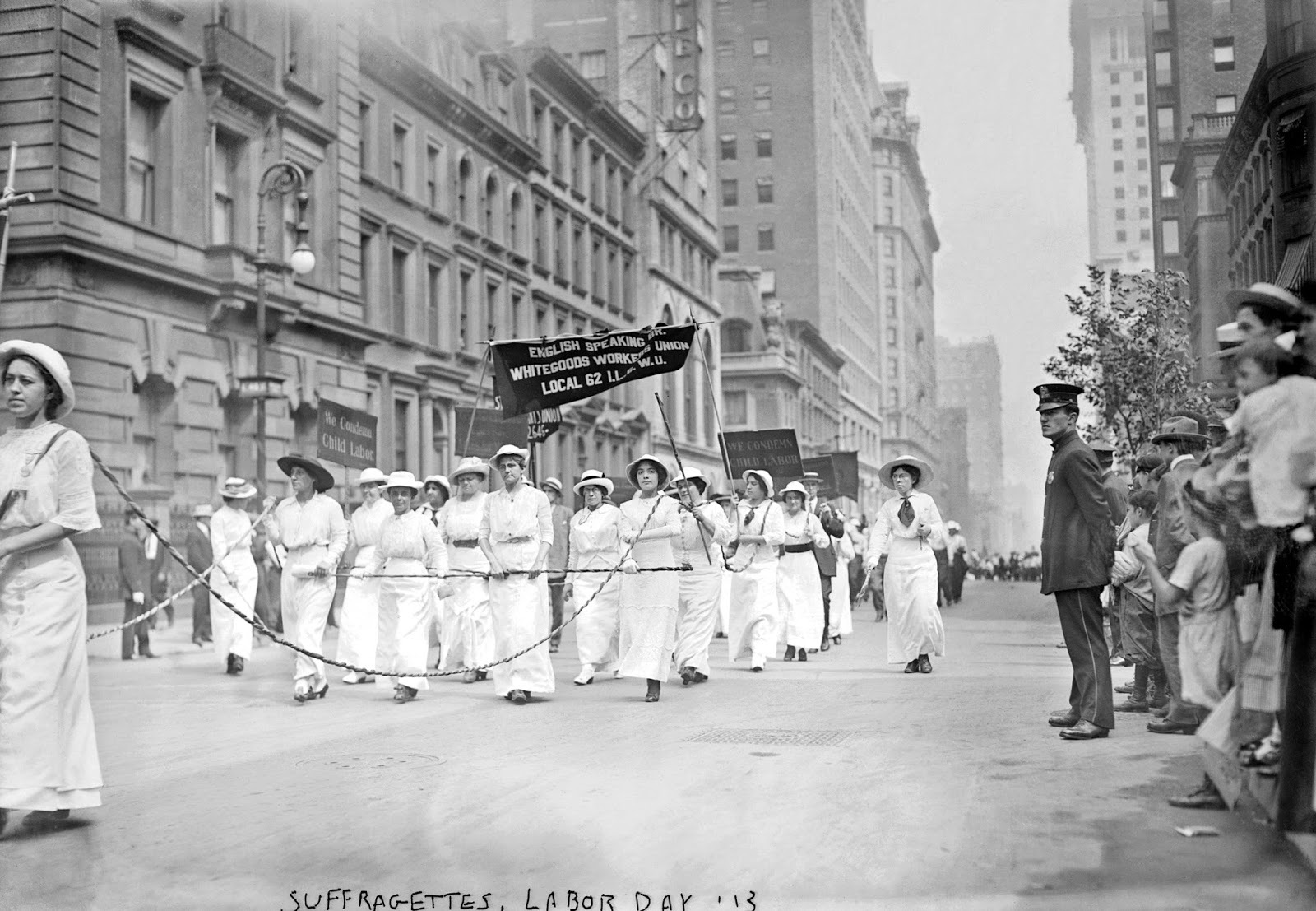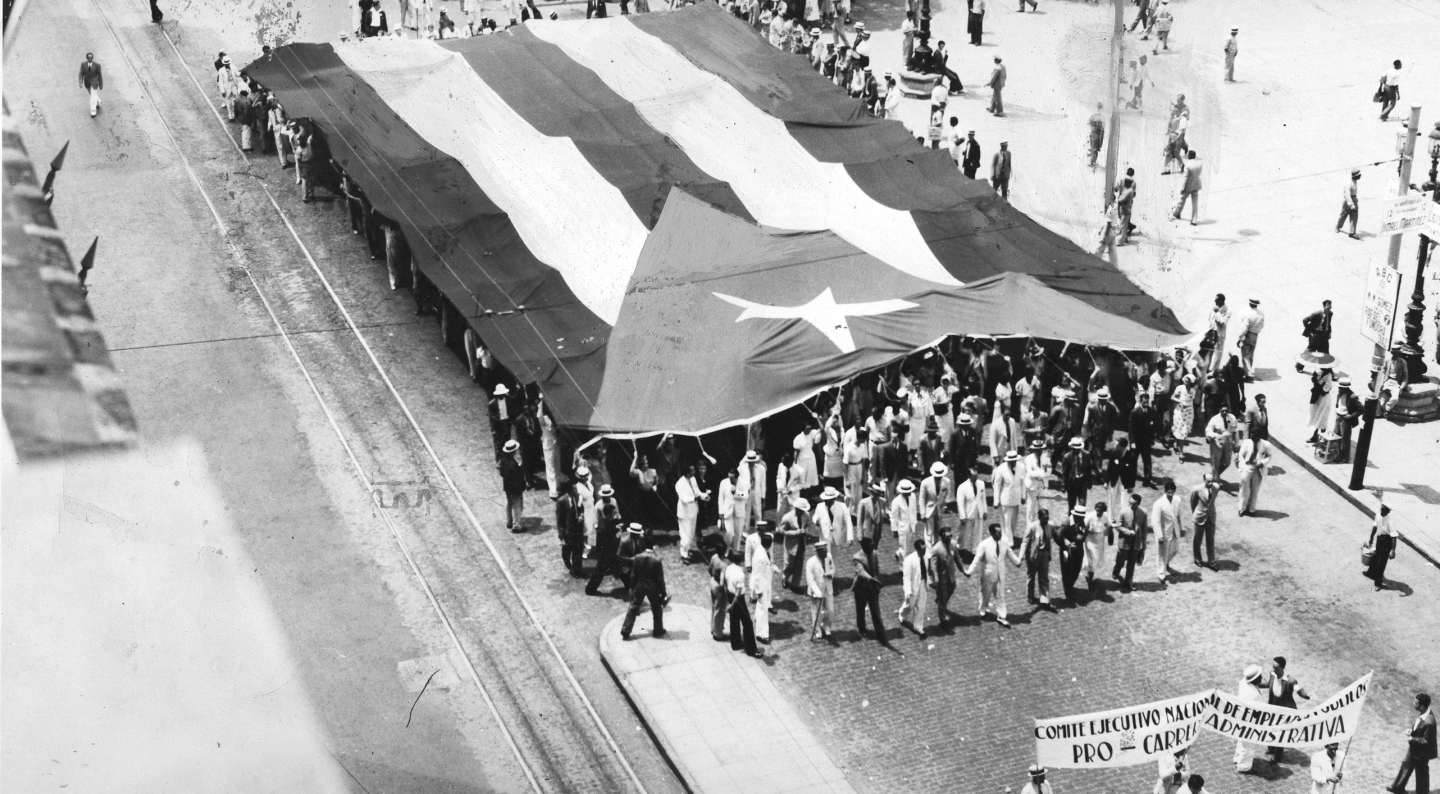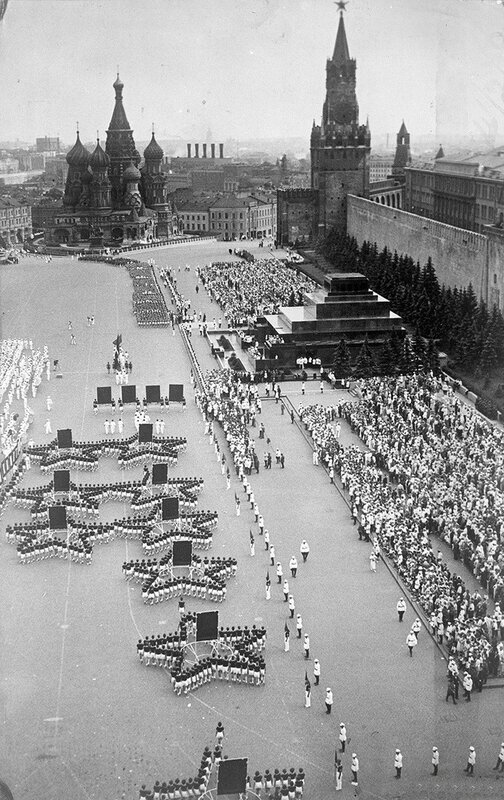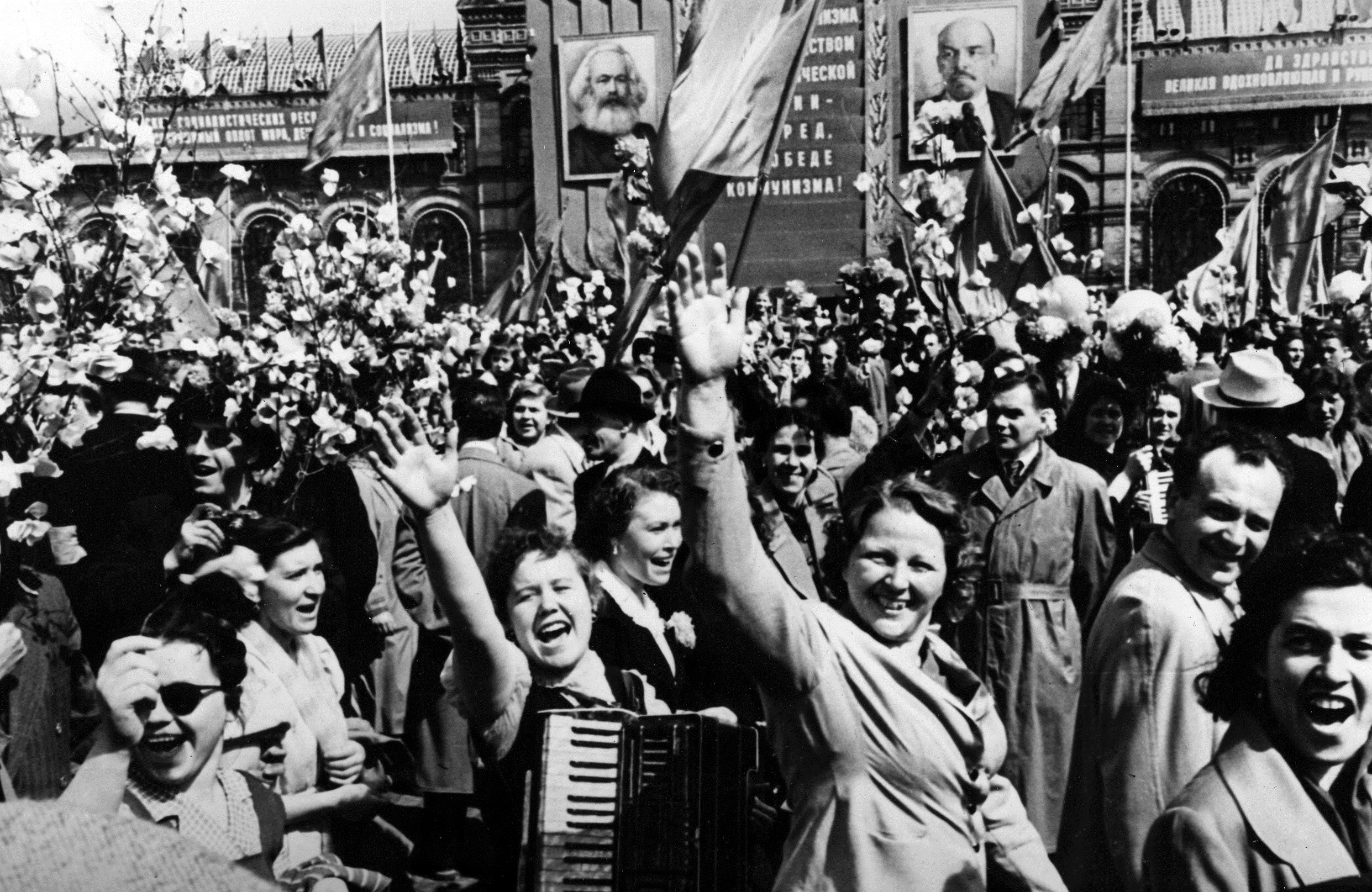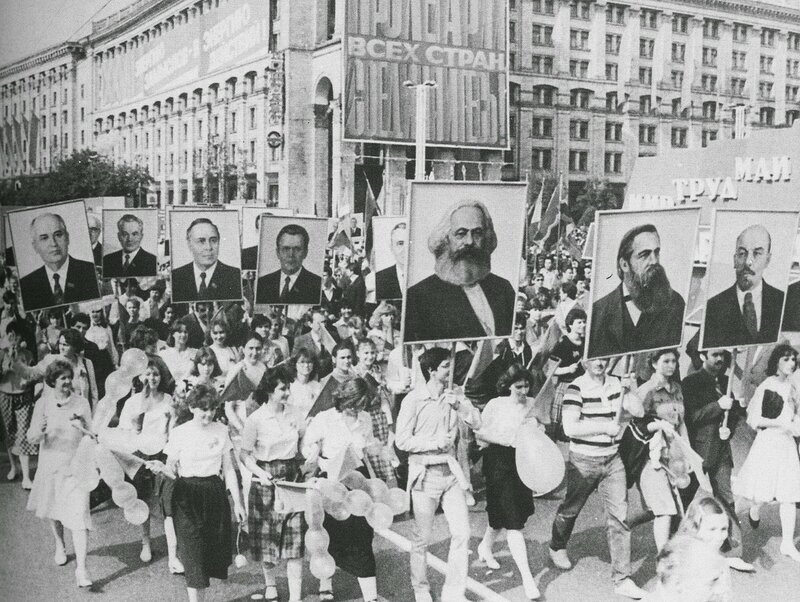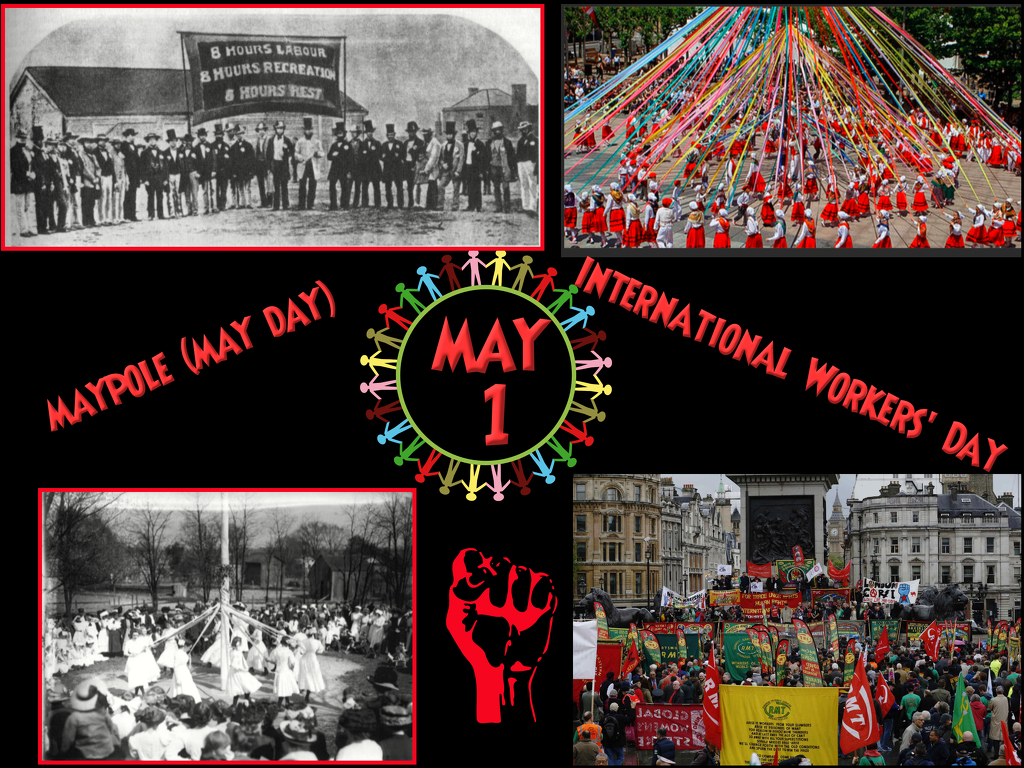
The MAYPOLE TRADITION (MAY DAY)
Another popular tradition of May Day involves the maypole. While the exact origins of the maypole remain unknown, the annual traditions surrounding it can be traced back to medieval times, and some are still celebrated today.
Villagers would enter the woods to find a maypole that was set up for the day in small towns (or sometimes permanently in larger cities). The day’s festivities involved merriment, as people would dance around the pole clad with colorful streamers and ribbons.
Historians believe the first maypole dance originated as part of a fertility ritual, where the pole symbolized male fertility and baskets and wreaths symbolized female fertility.
The maypole never really took root in America, where May Day celebrations were discouraged by the Puritans. But other forms of celebrations did find their way to the New World.
During the 19th and 20th centuries, May Basket Day was celebrated across the country, where baskets were created with flowers, candies and other treats and hung on the doors of friends, neighbors and loved ones on May 1.
What does May Day have to do with the international distress call, "Mayday, Mayday, Mayday"? Nothing, as it turns out. The code was invented in 1923 by an airport radio officer in London. Challenged to come up with a word that would be easily understood by pilots and ground staff in case of an emergency, Frederick Mockford coined the word "mayday" because it sounded like "m'aider," a shortened version of the French term for " come and help me."
INTERNATIONAL WORKERS' DAY
The connection between May Day and labor rights began in the United States. During the 19th century, at the height of the Industrial Revolution, thousands of men, women and children were dying every year from poor working conditions and long hours.
In an attempt to end these inhumane conditions, the Federation of Organized Trades and Labor Unions (which would later become the American Federation of Labor, or AFL) held a convention in Chicago in 1884. The FOTLU proclaimed “eight hours shall constitute a legal day’s labor from and after May 1, 1886.”
The following year the Knights of Labor—then America’s largest labor organization—backed the proclamation as both groups encouraged workers to strike and demonstrate.
On May 1, 1886, more than 300,000 workers (40,000 in Chicago alone) from 13,000 business walked out of their jobs across the country. In the following days, more workers joined and the number of strikers grew to almost 100,000.

LA TRADIZIONE DEL PALO DI MAGGIO (PRIMO MAGGIO)
Un'altra tradizione popolare del Primo Maggio riguarda il palo della cuccagna. Sebbene le origini esatte del palo della cuccagna rimangano sconosciute, le tradizioni annuali che lo circondano possono essere fatte risalire al medioevo e alcune sono celebrate ancora oggi.
Gli abitanti dei villaggi entravano nei boschi per trovare un albero della cuccagna che veniva allestito per la giornata nelle piccole città (o talvolta in modo permanente nelle città più grandi). I festeggiamenti della giornata prevedevano allegria, poiché la gente ballava attorno al palo rivestito di stelle filanti e nastri colorati.
Gli storici ritengono che la prima danza del palo della cuccagna abbia avuto origine come parte di un rituale di fertilità, in cui il palo simboleggiava la fertilità maschile e cesti e ghirlande simboleggiavano la fertilità femminile.
Il palo della cuccagna non ha mai veramente messo radici in America, dove le celebrazioni del Primo Maggio furono scoraggiate dai puritani. Ma altre forme di celebrazione trovarono la loro strada nel Nuovo Mondo.
Nel corso del XIX e XX secolo, in tutto il paese veniva celebrato il May Basket Day, dove venivano creati cestini con fiori, caramelle e altre prelibatezze e appesi alle porte di amici, vicini e persone care il 1° maggio.
Cosa c'entra il Primo Maggio con la chiamata di soccorso internazionale "Mayday, Mayday, Mayday"? Niente, a quanto pare. Il codice fu inventato nel 1923 da un ufficiale radiofonico dell'aeroporto di Londra. Sfidato a trovare una parola che potesse essere facilmente compresa dai piloti e dal personale di terra in caso di emergenza, Frederick Mockford coniò la parola "mayday" perché suonava come "m'aider", una versione abbreviata del termine francese per " vieni ad aiutarmi."
GIORNATA INTERNAZIONALE DEI LAVORATORI
Il collegamento tra il Primo Maggio e i diritti dei lavoratori è iniziato negli Stati Uniti. Durante il 19° secolo, al culmine della Rivoluzione Industriale, migliaia di uomini, donne e bambini morivano ogni anno a causa delle cattive condizioni di lavoro e delle lunghe ore di lavoro.
Nel tentativo di porre fine a queste condizioni disumane, la Federazione dei commerci organizzati e dei sindacati (che in seguito sarebbe diventata la Federazione americana del lavoro, o AFL) tenne un congresso a Chicago nel 1884. L'UFTLU proclamò che "otto ore costituiscono una giornata legale travaglio a partire dal 1 maggio 1886”.
L'anno successivo i Knights of Labor, allora la più grande organizzazione sindacale americana, appoggiarono la proclamazione poiché entrambi i gruppi incoraggiavano i lavoratori a scioperare e manifestare.
Il 1 maggio 1886, più di 300.000 lavoratori (40.000 nella sola Chicago) provenienti da 13.000 aziende in tutto il paese lasciarono il lavoro. Nei giorni successivi si unirono altri lavoratori e il numero degli scioperanti crebbe fino a quasi 100.000.
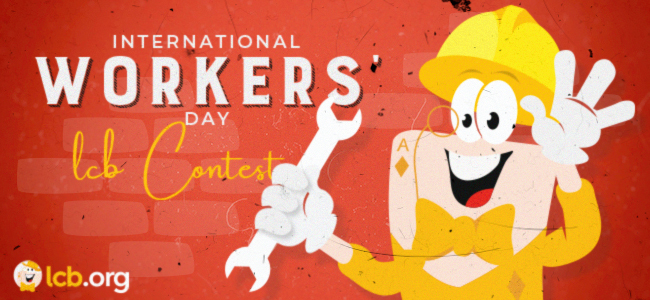

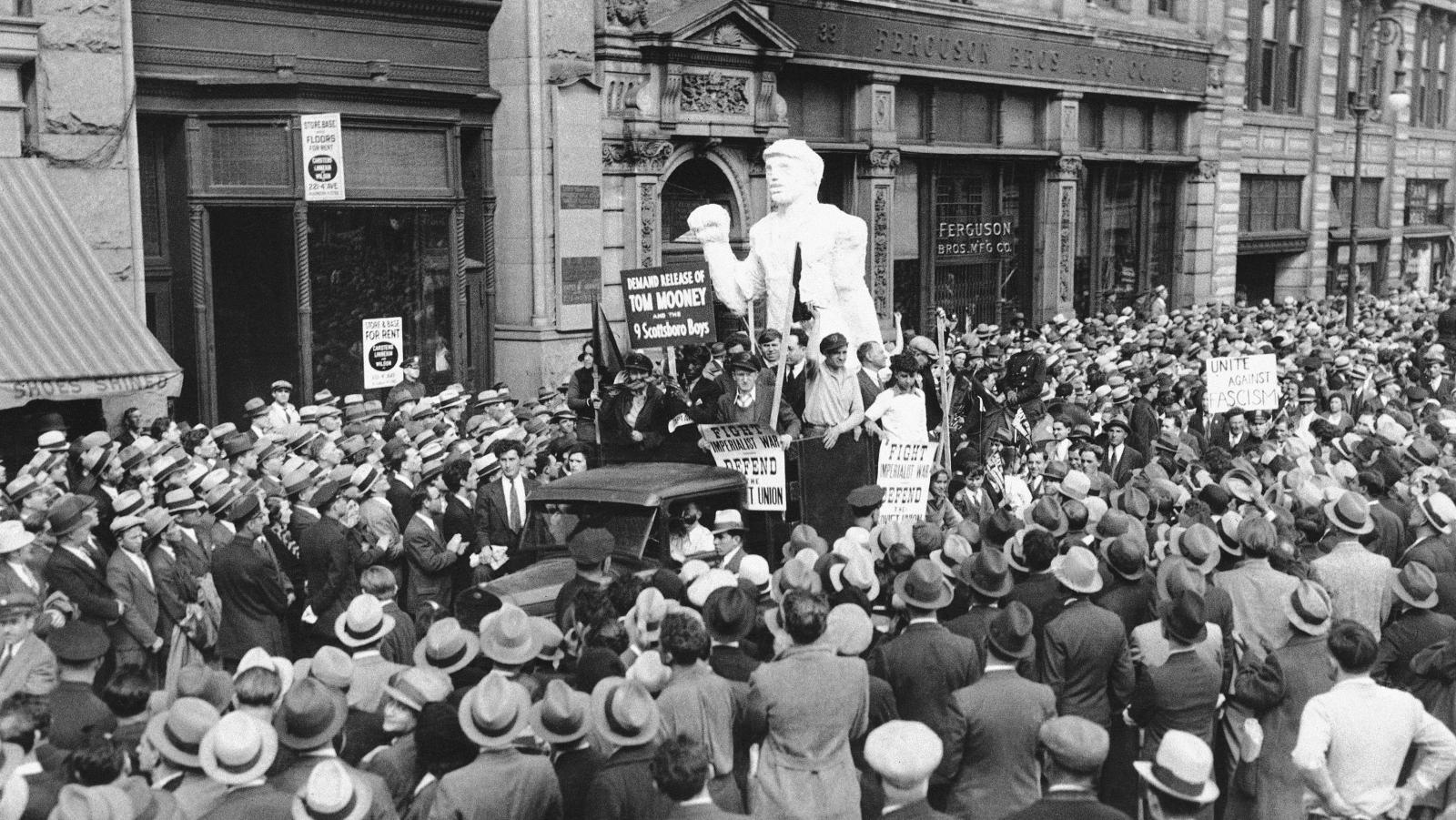
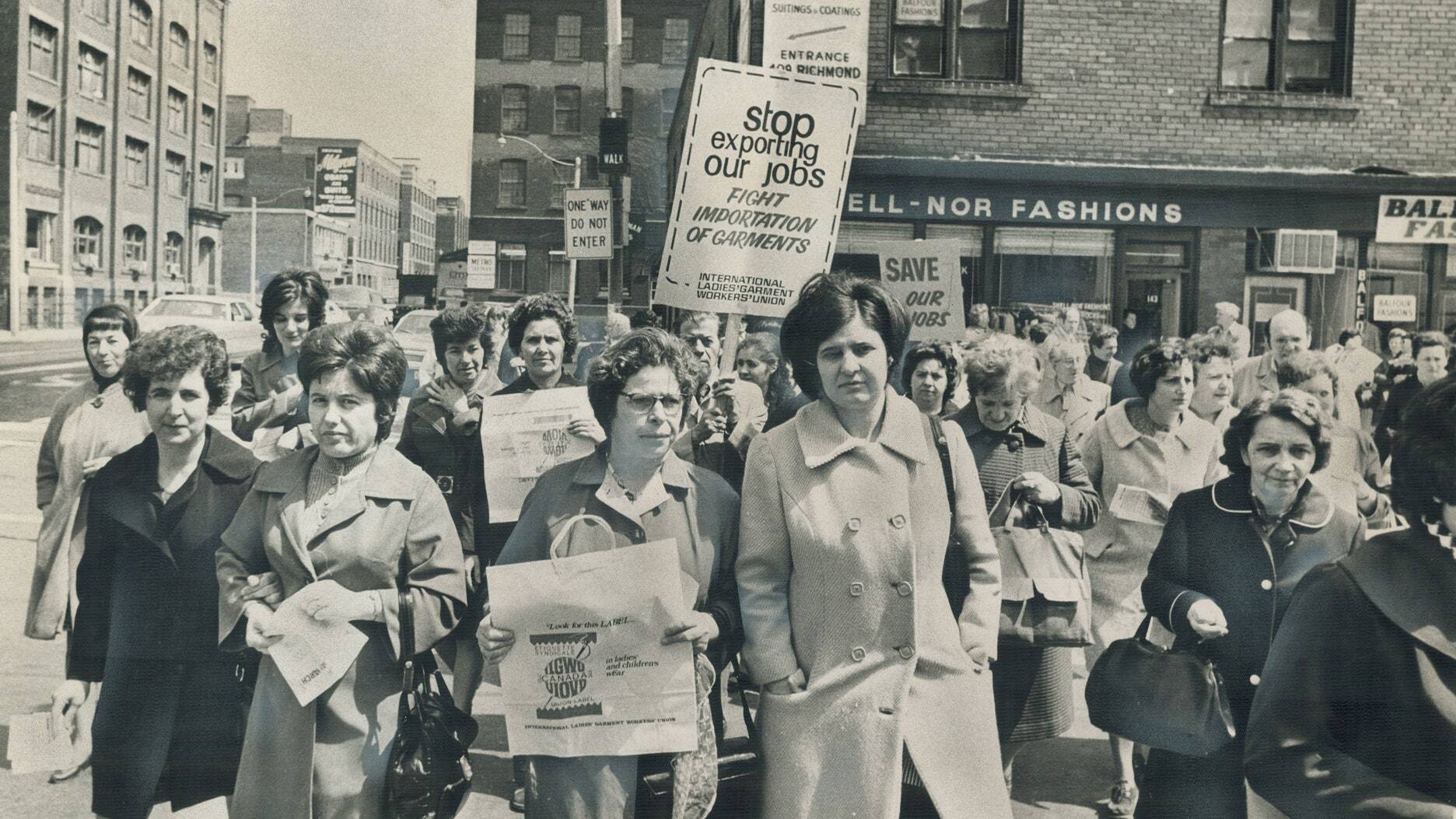

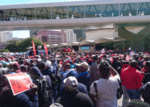
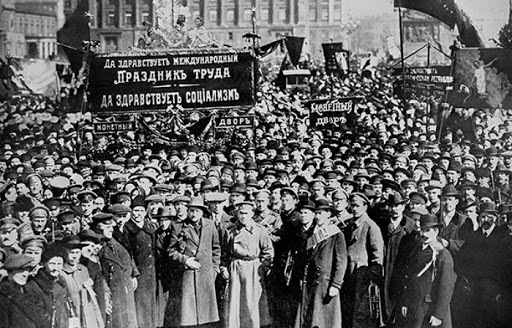
 Women employees at Tubular Alloy Steel Corp. gathered en masse to listen to wartime pep rally speech by Army Pvt. John Adams of Detroit who was wounded in action in Buna campaign.
Women employees at Tubular Alloy Steel Corp. gathered en masse to listen to wartime pep rally speech by Army Pvt. John Adams of Detroit who was wounded in action in Buna campaign.


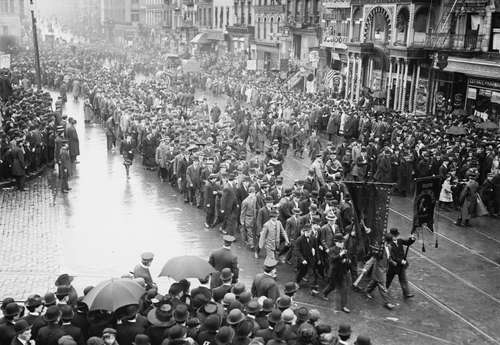




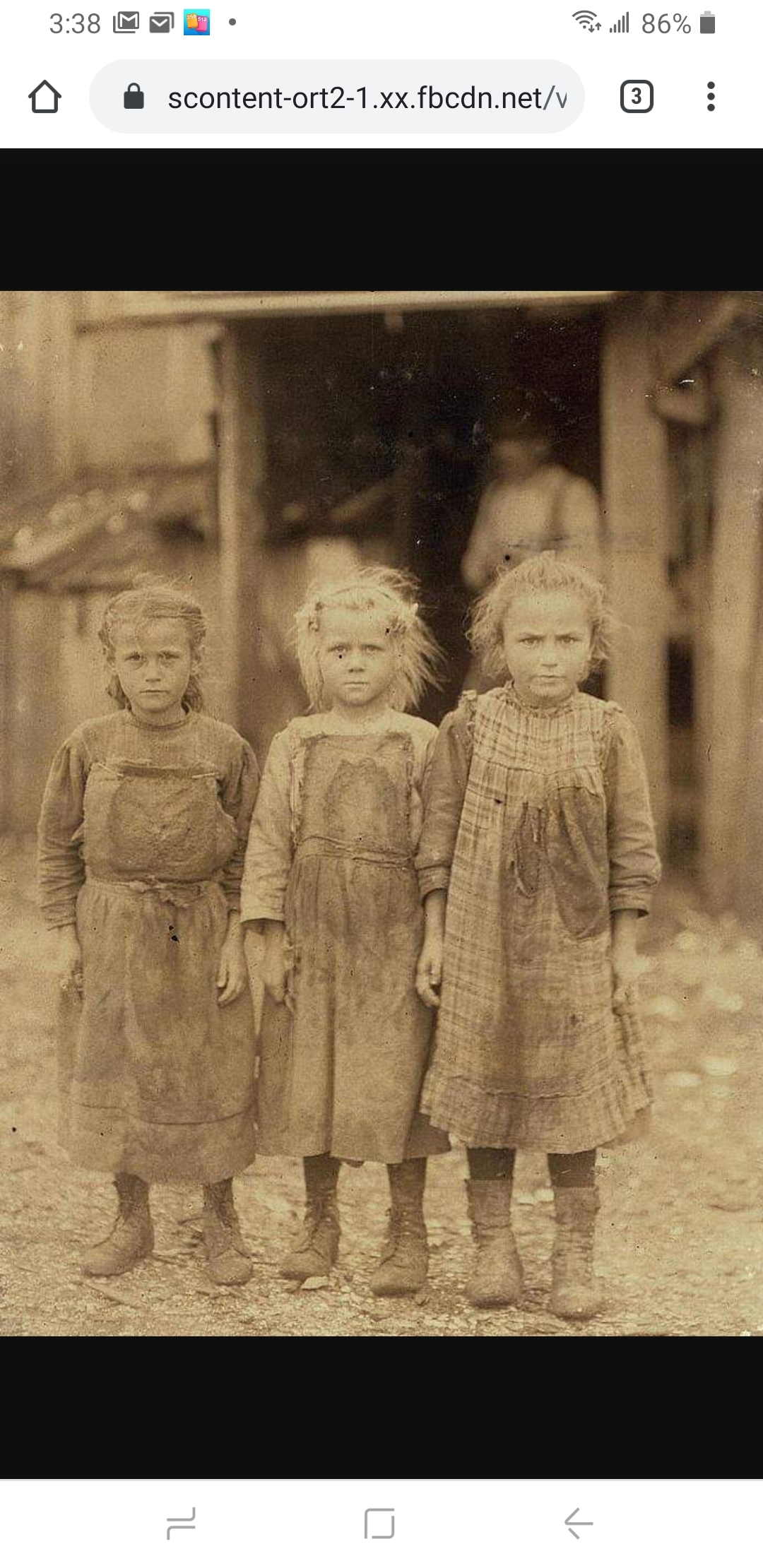
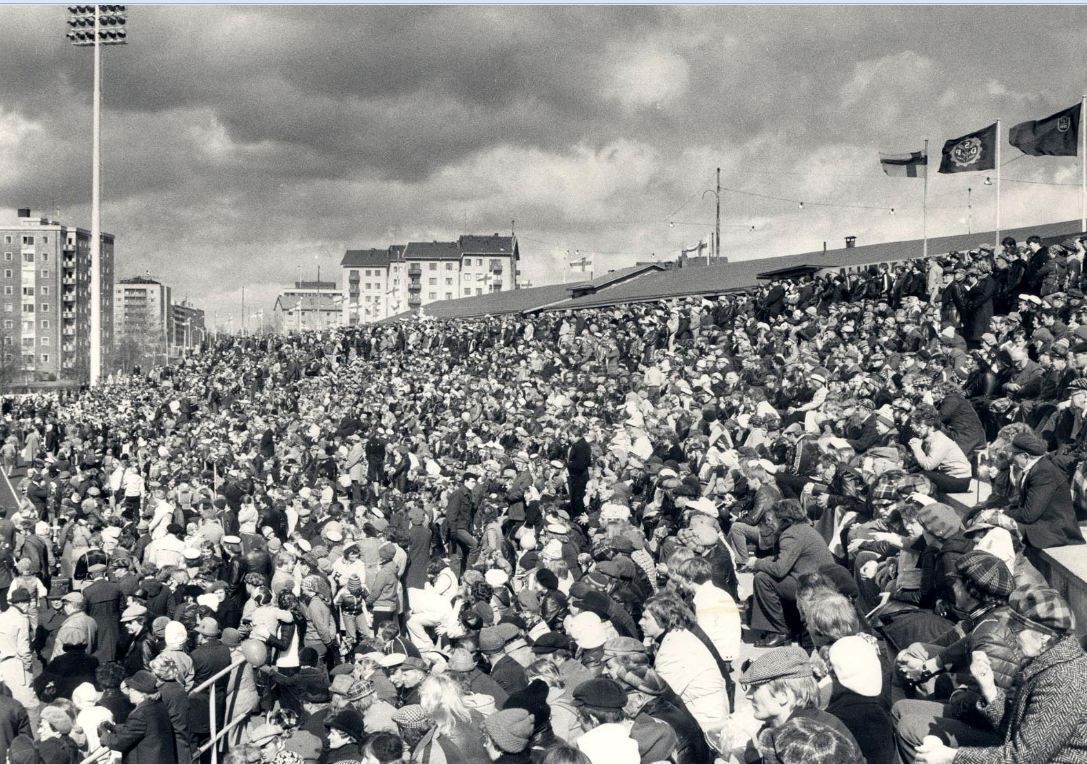
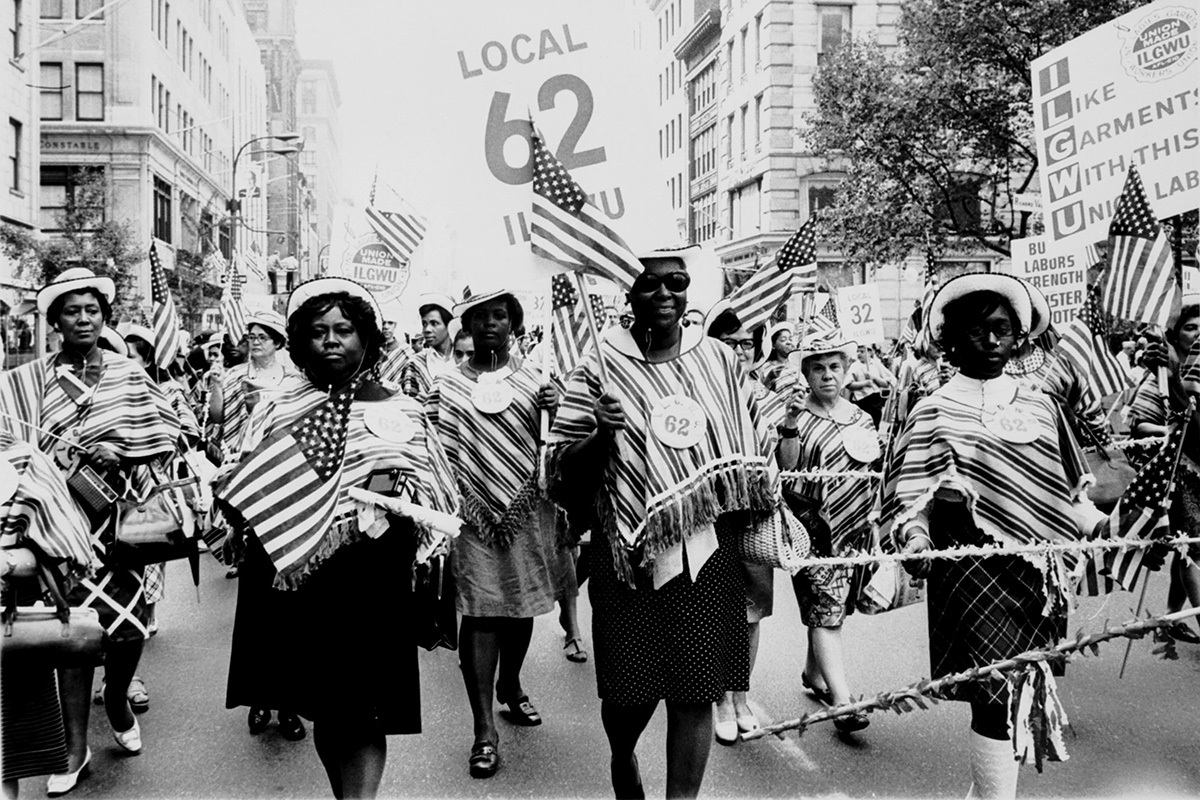

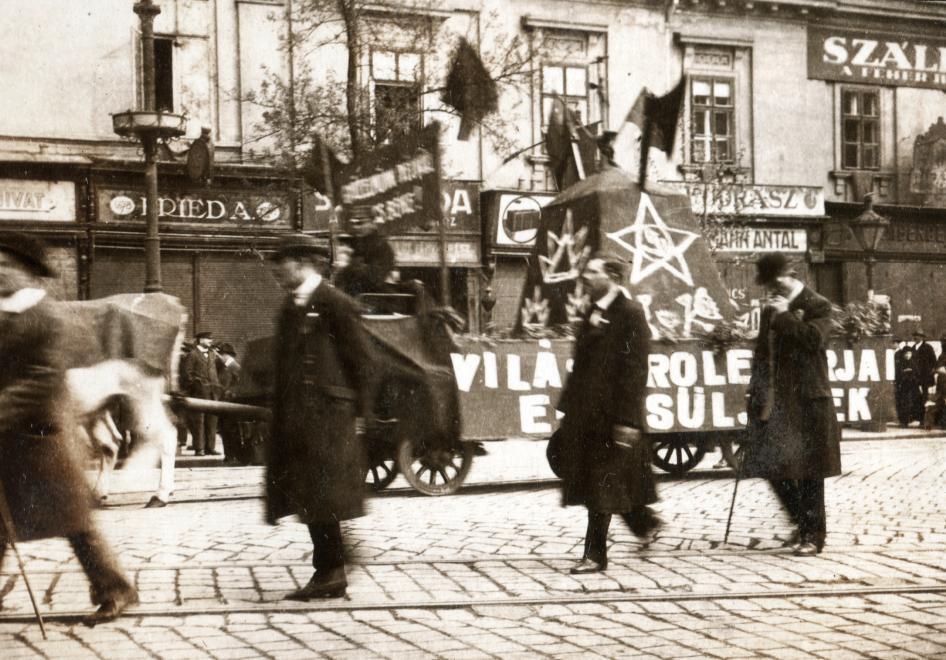


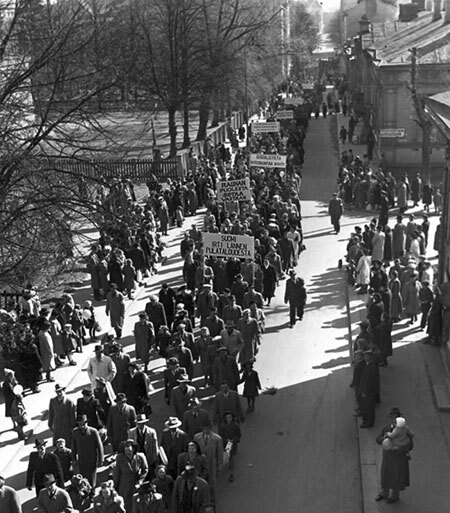
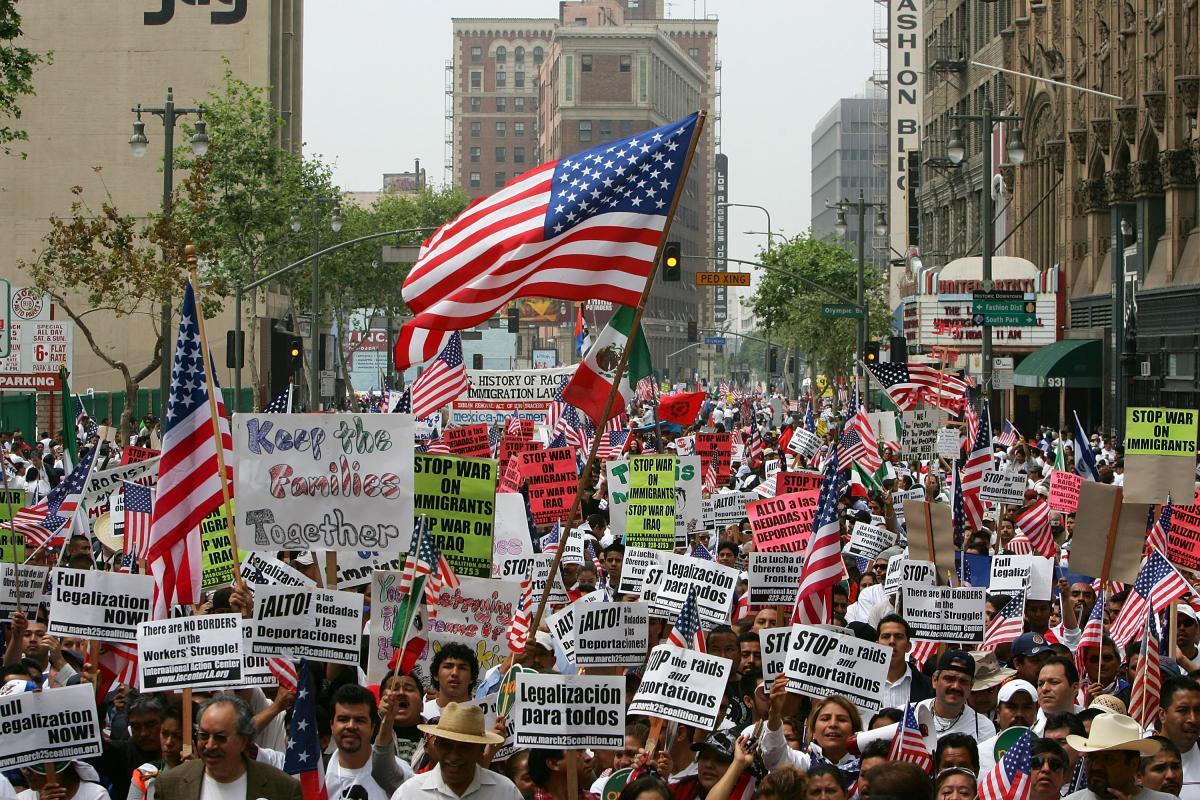
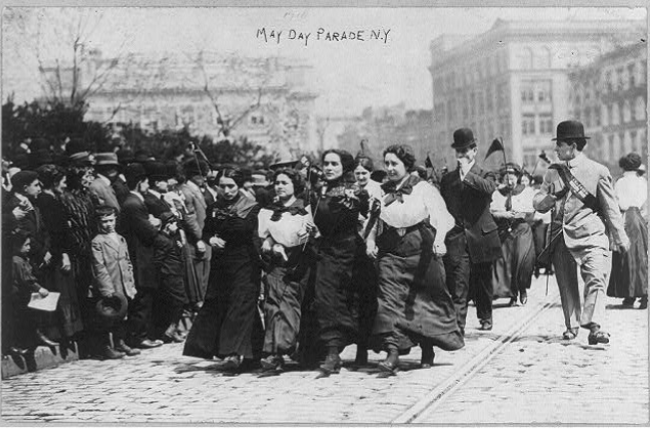
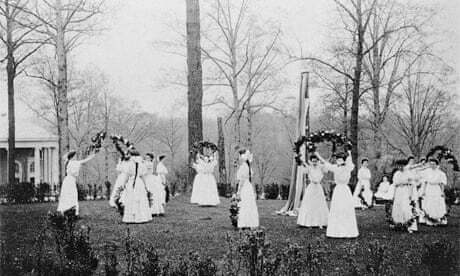


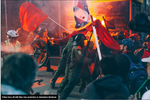
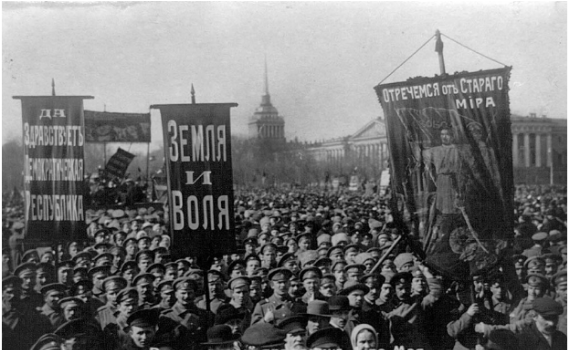

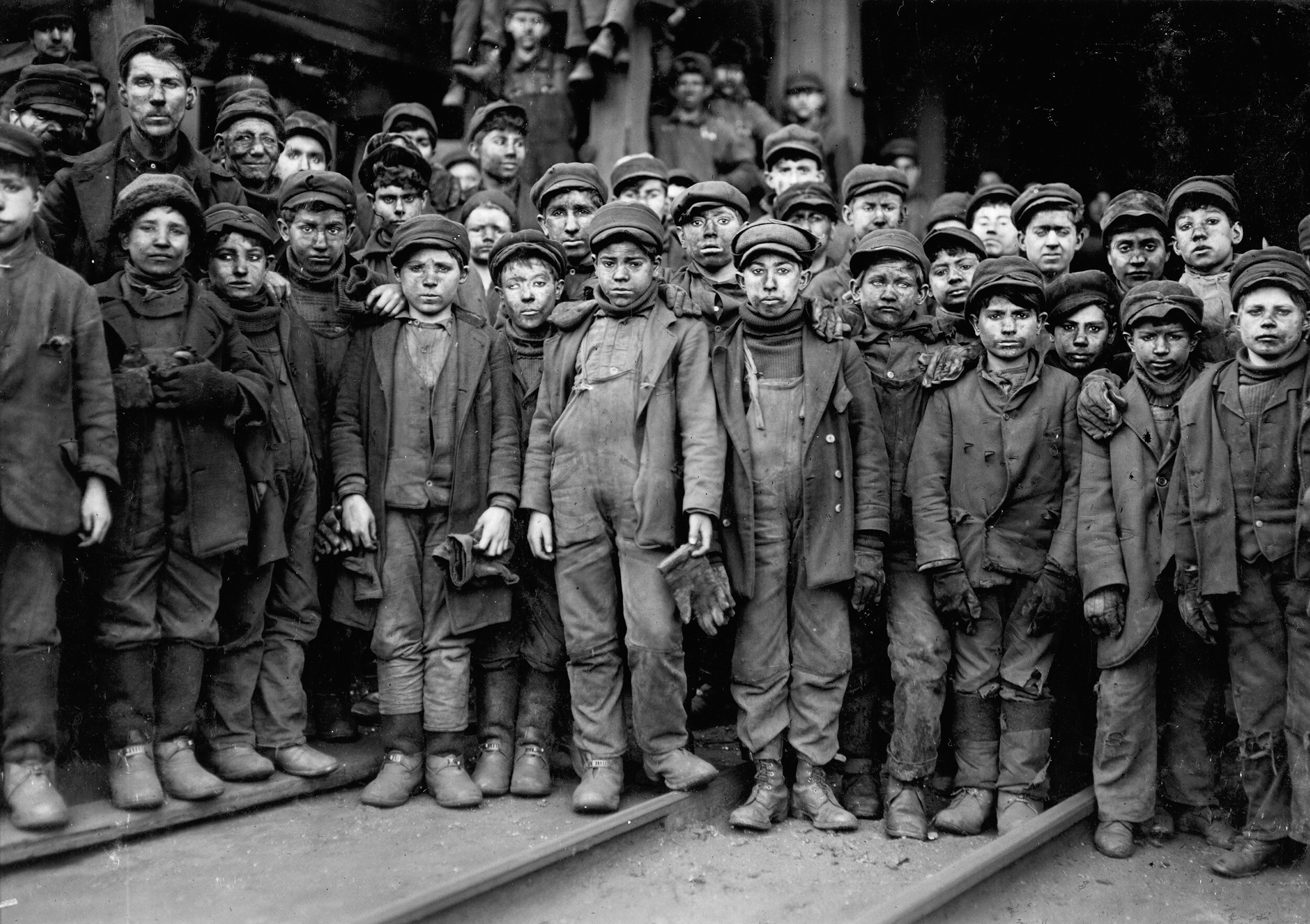 “Breaker boys working in Ewen Breaker of Pennsylvania Coal Co. Location: South Pittston, Pennsylvania.”
“Breaker boys working in Ewen Breaker of Pennsylvania Coal Co. Location: South Pittston, Pennsylvania.”